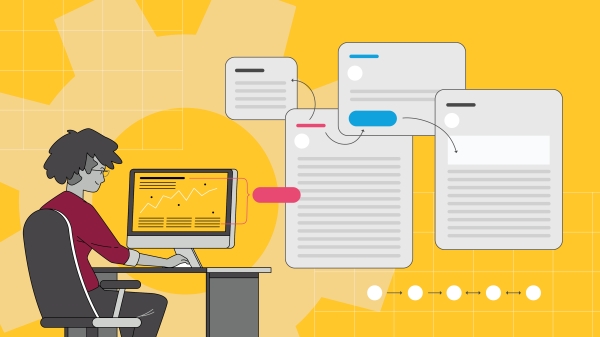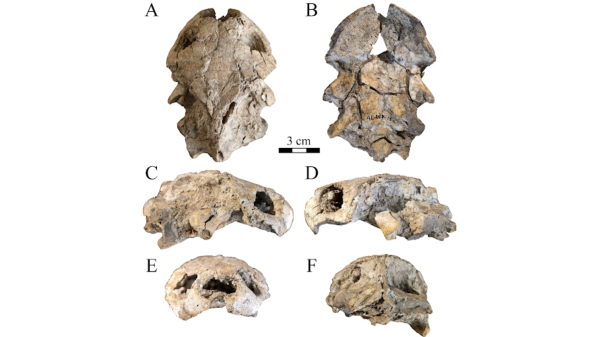ASU researchers involved in scientific breakthrough unveiling method to distinguish 'mirror-image' molecules

A depiction of the amino acid alanine, important for energy in the body. Researchers have developed a new technique to tell apart "mirror-image" molecules, which could lead to safer medicines and advances in science. Graphic courtesy of ASU's School of Molecular Sciences
An international team including researchers from Arizona State University and University of California, Los Angeles has made a significant breakthrough in molecular science, potentially transforming how scientists can study chiral molecules — those that exist in two mirror-image forms, like left and right hands.
This advancement could be helpful for making safer medicines and revolutionizing fields such as pharmaceuticals, electronics and biological research by enabling more precise molecular analysis.
Published in Nature Communications, the study introduces a new technique for distinguishing between chiral molecules using nuclear magnetic resonance (NMR), a key tool in chemistry, biology and medicine.
NMR examines how atoms respond to magnetic fields, offering insights into molecular structures. Historically, it was believed that NMR could not differentiate between chiral molecules, which are crucial in various biological processes due to their distinct, often opposing behaviors despite their similar structures.
In the pharmaceutical industry, for example, one form of a chiral molecule could be therapeutic, while the other might have harmful effects.
However, the research team has demonstrated that NMR can indeed distinguish between these molecules using an innovative technique applied to solid materials.
“This is a paradigm shift,” said Vladimiro Mujica, professor in ASU’s School of Molecular Sciences who is a co-author on the research. “For years, the scientific community thought this was impossible, but we’ve proven that NMR can detect these subtle differences.”
The breakthrough holds significant implications for drug development, allowing for a more precise understanding of molecular behavior. Combining theoretical models with experimental results, the study reveals new ways magnetic fields interact with molecules.
The multi-institutional team, which includes researchers from UCLA, ASU, Penn State, TU Dresden in Germany and MIT, focused their findings on the concept of chirality-induced spin selectivity (CISS).
This controversial yet promising idea connects NMR’s molecular detection capabilities with the CISS effect, opening new avenues for detailed molecular studies.
“We discovered that the coupling between nuclear spins varies depending on whether a molecule is left- or right-handed,” said Louis Bouchard, corresponding author and UCLA professor of chemistry. “The strength of this coupling differs between the chiral forms, and this finding could enable selective probing of molecules based on chirality.”
As the team advances NMR technology, future research promises new applications in medicine, electronics and more.
“This breakthrough could lead to more accurate drug development, advancements in material science and deeper insights into biological processes,” Mujica said. “Our model and results have been rigorously tested and validated, despite initial skepticism.”
Louis Bouchard of University of California, Los Angeles and Gianaurelio Cuniberti of TU Dresden in Germany are corresponding authors of the paper. School of Molecular Sciences Postdoctoral Scholar Mario Galante was also involved in this study.
More Science and technology

New research by ASU paleoanthropologists: 2 ancient human ancestors were neighbors
In 2009, scientists found eight bones from the foot of an ancient human ancestor within layers of million-year-old sediment in the Afar Rift in Ethiopia. The team, led by Arizona State University…

When facts aren’t enough
In the age of viral headlines and endless scrolling, misinformation travels faster than the truth. Even careful readers can be swayed by stories that sound factual but twist logic in subtle ways that…

Scientists discover new turtle that lived alongside 'Lucy' species
Shell pieces and a rare skull of a 3-million-year-old freshwater turtle are providing scientists at Arizona State University with new insight into what the environment was like when Australopithecus…

